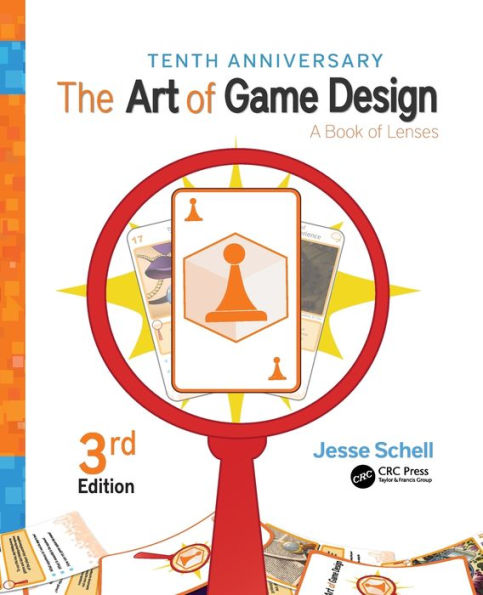5
1
9781138632059



The Art of Game Design: A Book of Lenses, Third Edition / Edition 3 available in Hardcover, Paperback, eBook

The Art of Game Design: A Book of Lenses, Third Edition / Edition 3
- ISBN-10:
- 1138632058
- ISBN-13:
- 9781138632059
- Pub. Date:
- 08/27/2019
- Publisher:
- Taylor & Francis
- ISBN-10:
- 1138632058
- ISBN-13:
- 9781138632059
- Pub. Date:
- 08/27/2019
- Publisher:
- Taylor & Francis

The Art of Game Design: A Book of Lenses, Third Edition / Edition 3
$74.95
74.95
In Stock

Product Details
| ISBN-13: | 9781138632059 |
|---|---|
| Publisher: | Taylor & Francis |
| Publication date: | 08/27/2019 |
| Edition description: | 3rd ed. |
| Pages: | 652 |
| Sales rank: | 160,431 |
| Product dimensions: | 7.50(w) x 9.20(h) x 1.20(d) |
About the Author
From the B&N Reads Blog
